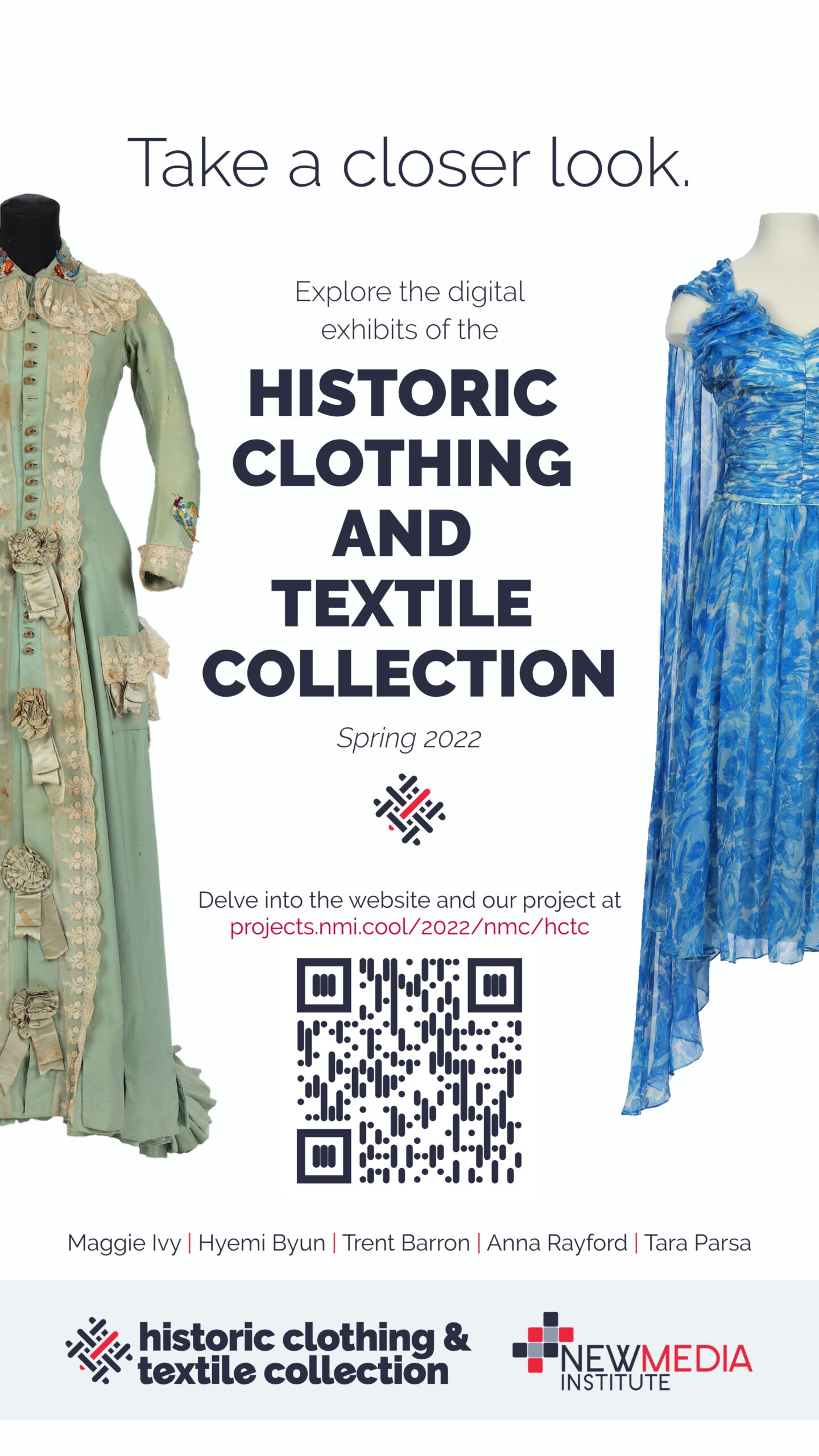Historic Clothing and Textiles
Have you ever wondered what happens to old clothes, like clothes older than your great, great grandparents? Maybe they just get tossed out and end up in a field of waste, or maybe it goes through cycles of donations from thrift stores to donation stores. Maybe, they get donated to museums and collections to teach upcoming fashion designers about the history of textiles, cloths, and fashion.
The Historic Clothing and Textile Collections, also known as the HCTC, is an educational resource within the fashion merchandising department that provides unique learning and teaching experiences for the students and faculty at the University of Georgia. The HCTC provides opportunities for students to view historic clothing pieces that date all the way back to the 1800s. Professors can use the readily available exhibits provided by the HCTC to teach their students about the distinct designs of each clothing piece, the fabrics and materials used in each item, and how fashion museums are organized. With access to a multitude of different pieces, the HCTC allows students to research and learn about historic clothing items from a variety of eras throughout history.
This project brings the HCTC’s stored pieces alive by allowing the general public to access the fashion pieces that are currently in storage at the Special Collections Library on any device. The HCTC’s exhibits will now live on a new, no-code WordPress website, thus enabling the HCTC faculty and volunteers to easily update the collections. This helps students and faculty view new clothing items in a quick and timely manner. This WordPress website makes it easy to look at each piece through multiple angles and zoom in on clothing items so students can more closely study the clothing’s materials and design. Students can also search keywords to find specific items and learn more about historic clothing and fashion. With these new features, the HCTC’s user-friendly website serves as a well functioning educational tool for both UGA students and faculty to access over 3,000 pieces. Ready to take a closer look?

